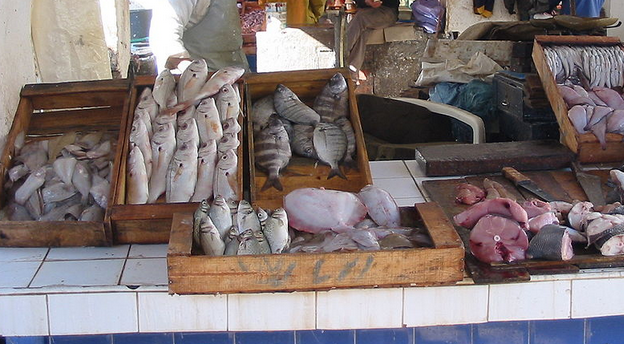“A full 91% of seafood Americans eat comes from abroad,” . . .
. . . writes author Paul Greenberg in his new book American Catch, even though our local waters often teem with fresh fish and shellfish. This summer, demand local. You may pay a little more, but chances are you’ll be buying better quality seafood and supporting local fishermen.
Here’s how it works
At restaurants, ask the chef where the seafood comes from. At the market, develop a relationship with the fishmonger, and use your senses. Do the fish glisten? Is the ice plentiful? Most importantly, ask to smell everything you buy. Fish should never smell fishy or like ammonia; it should smell briny and clean, just like the sea.
Whole Fish
Look for firm flesh that springs back to the touch, bright red gills, and clear eyes, telltale signs of freshness for fish like pompano and red snapper. Bonus: Whole fish costs less per pound than fillets.
Blue Crab
Buy hard-shell and soft-shell crabs fresh, aka alive, and not foaming at the mouth. Picked crabmeat prices are skyrocketing due to labor costs and historically low catches.
White, Brown, and Pink Shrimp
Most “fresh” shrimp have been flash frozen and defrosted, so buy them frozen if you’re not cooking them immediately. For defrosted shrimp, buy in the shell and peel yourself; they should feel firm and look plump. Whether you buy large (26-30 per pound) or mediums (41-50 per pound), make sure they’re shrimp from North Carolina to Texas.
Fillets
Fillets of white flaky fish such as flounder and denser black grouper should be firm to the touch. Avoid any fillets with an oily sheen or excessive “gapping” in the flesh, or any stored in standing water.
Source: Southern Living magazine
[information]
American Catch: The Fight for Our Local Seafood
[/information]








